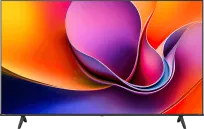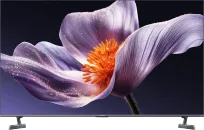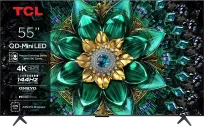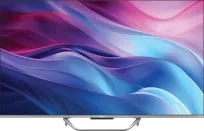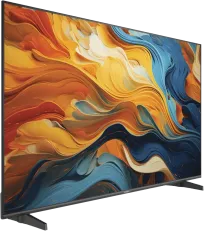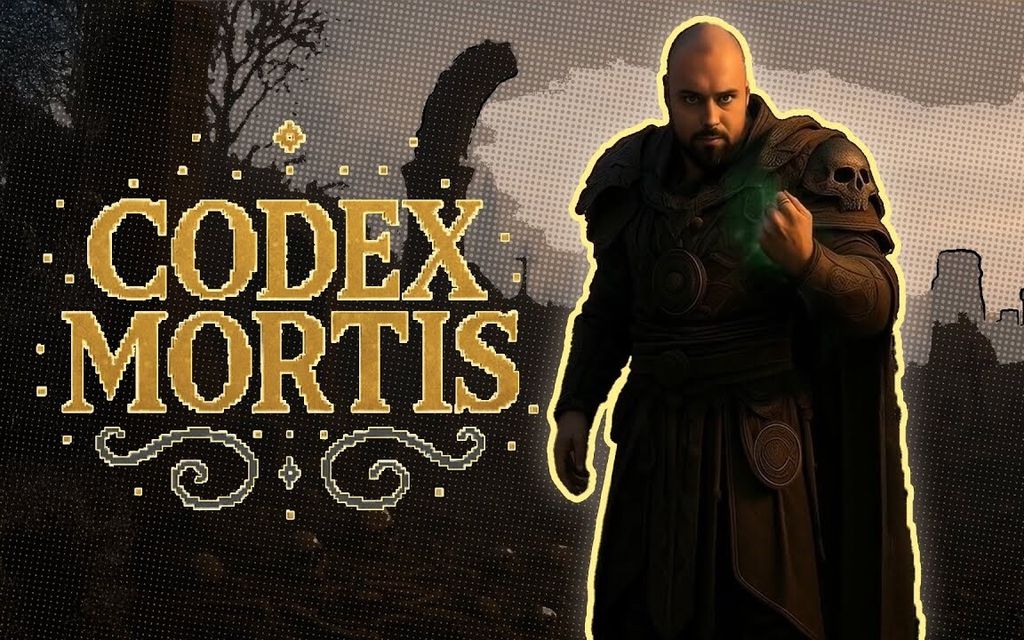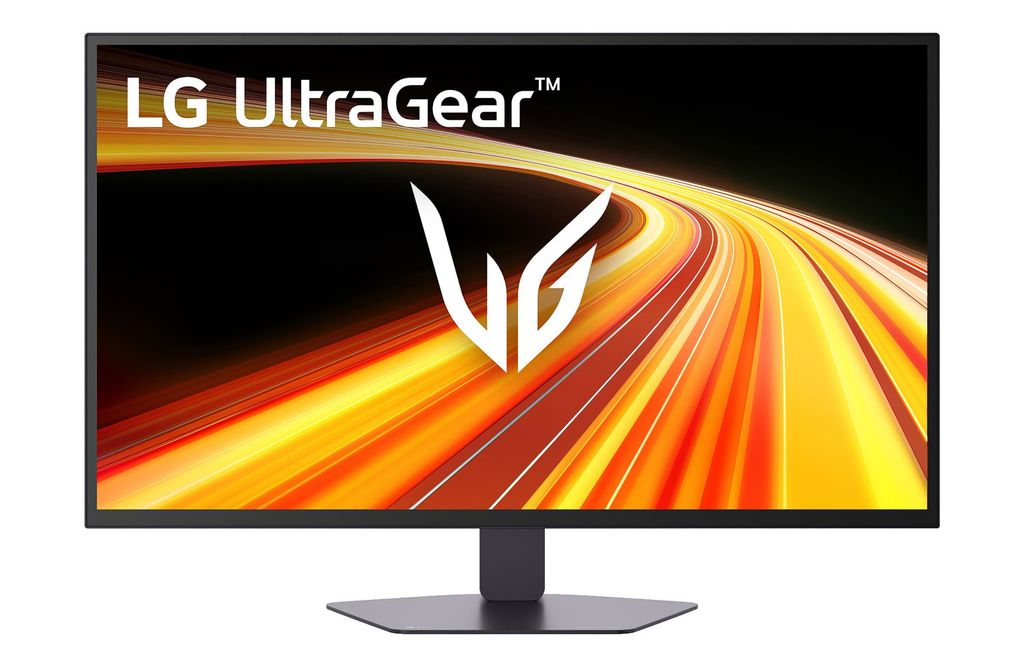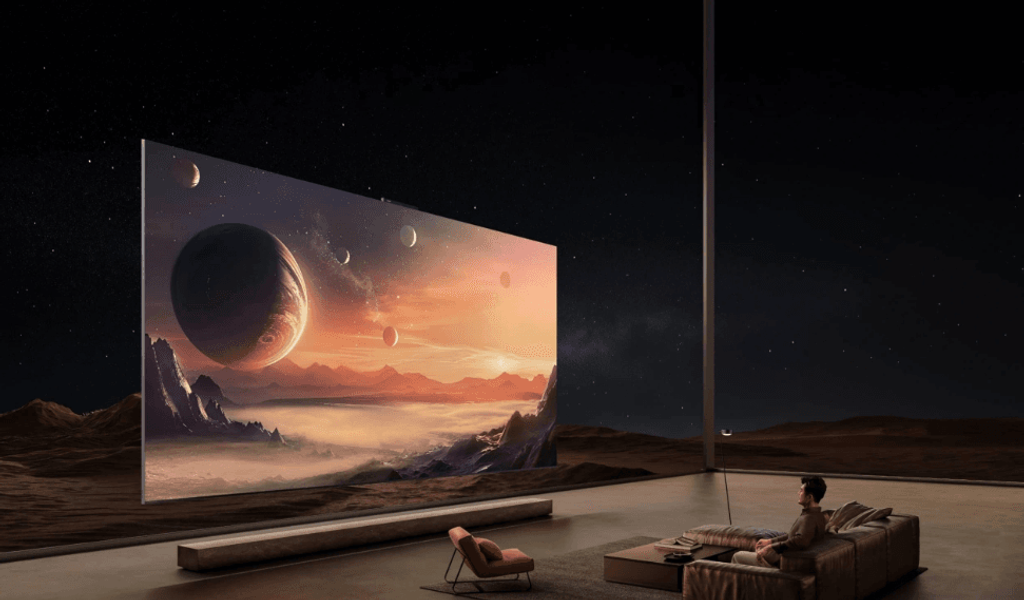
Sony Bravia 8 II is set to be one of the strongest contenders among premium OLED televisions. It is meant to be the spiritual successor to our highly-rated Bravia A95L – featuring a top QD-OLED panel, a refined operating system, and innovations that we associate with Japanese precision from Sony. And indeed – the Bravia 8 II is a very good television. Excellent picture quality, solid build, and a polished interface are strong points. However, after the initial tests, it’s hard not to ask one question: has Sony squandered too much potential that this design could have had?
Contrast – OLED as it should be
Let's start with the positives. The contrast in the Sony Bravia 8 II is absolutely top-notch – but it was hard to expect anything less. As befits an OLED television, it offers an infinite depth of black and no backlight bleed typical of LCD panels. There are no reservations here – it's simply OLED. Perfect black or contrast is this television's second name!
Image Scaling – Sony Has Done Its Homework
When it comes to processing lower quality content, the Bravia 8 II performs really well. At first glance, it’s clear that Sony has learned from the shortcomings of last year’s Bravia 8, where image scaling and tonal transitions left a lot to be desired. This time, the processing algorithms are more refined, and overall, one could say it operates at a high level.
Another advantage is the QD-OLED panel used, which excels at fluidity in tonal transitions. There are no issues with colour gradients here. Compared to the Samsung S90F, Sony offers noticeably better scaling quality, especially for Full HD materials or traditional television.
And here many of you may be asking – what about the S90F? After all, the Sony Bravia 8 II was supposed to compete with the flagship S95F or LG G5, not the more affordable S90F! Exactly... it’s time to examine the aspects that somewhat dampened our enthusiasm.
Brightness - something went wrong
So let’s move on to the biggest surprise – and unfortunately it’s not a positive one. It concerns brightness – both in HDR and in everyday SDR.
According to the editorial team at RTINGS, the Bravia 8 II achieves approximately 15% higher peak brightness than the previously discussed Samsung S90F. And don’t get us wrong – that’s a very good result, almost phenomenal. The problem is that the Bravia 8 II allegedly uses the same QD-OLED panel as the flagship S95F and not the S90F. So if the components are similar, why don’t the results match Samsung’s or LG G5’s top OLED? That is what raises some discomfort. The same situation occurs with 100% brightness window, which is when the entire screen shines in white. The S95F and LG G5 can then exceed the magic 400 nits, which is truly impressive. And the Bravia 8 II? Just over 240 nits, which is almost 40% less. The differences are thus very clear and – to put it bluntly – in terms of parameters, it is closer to the “mid-range” Samsung S90F (QD-OLED) than to full-fledged flagships.
Unfortunately, the brightness in SDR also doesn’t blow you away. We are talking about values around 500 nits, which again is not tragic, but definitely below expectations for a TV of this class. The Bravia 8 II was supposed to compete with the top models from Korean manufacturers. And it seems that the battle for customers will be played out more on the pricing field than in measurement tables.
Great for gamers, but lacking flair
Since Sony is the producer of PlayStation, we naturally expect their televisions to be the perfect companion for gaming – and in fact, the Bravia 8 II really offers everything needed to squeeze the maximum out of even the most powerful version of the PS5 with the PRO suffix. We have 120 Hz, low input lag, support for variable refresh rate (VRR), automatic game mode (ALLM), as well as the already classic “game bar” with information about connection status or frame rates.
And all of this works really well. The problem is that Sony seems to have stood still while the competition moves further ahead. We still only have two HDMI 2.1 ports, even though some manufacturers already offer four. Moreover, although the panel used supports up to 165 Hz (as demonstrated by Samsung with its S95F), Sony has not decided to fully utilise it. Is this a hardware limitation resulting from the MediaTek-based architecture? Or did they simply think, "who needs that"? We don’t know.
This does not change the fact that for 90% of gamers, the Bravia 8 II will be a very solid choice; however, in 2025 we expected a bit more courage and innovation from Sony in the gaming segment. After all, the world of gaming does not end with PlayStation.
Design – looks familiar




In terms of appearance, the Bravia 8 II closely resembles the A95L. That’s probably a good thing? The television looks solid, minimalist, and modern. However, one cannot help but notice that the build is clearly thicker than that of the competition. What is the reason for this? An additional cooling system, which supposedly helps achieve higher performance parameters for the panel. It’s just a pity that the tests do not show clear benefits from the cooling used – and since it does not translate into noticeably higher performance, one might get the impression that a slimmer design would have looked more appealing. Of course – there are tastes and preferences, everyone may like something different, but in our opinion, it is indeed the ultra-thin televisions that most often gain recognition in the eyes of potential buyers.
On the other hand – such a "uniform shape" also has its advantages. The television can be mounted practically flush with the wall and there is no feeling that something is protruding. Finally, it is worth mentioning the very nice, elegant stands that come with it – they are solid, look good, and importantly – can be set at two heights, making it easier to fit an audio set in the form of a soundbar under the screen.
Google TV at its best


Although we have not physically had the BRAVIA 8 II in our hands yet, we know well what to expect from the system from Sony – Japanese engineers have been showing for years that they can get a lot out of Google TV. The interface operates smoothly and responsively, and the overall appearance is simply neat and tidy. At least in our opinion, it is Sony that has best "connected" with Google TV, making the use of this system the most enjoyable among all manufacturers that implement it.
In the package, we find the well-known, minimalist remote – without a numeric keypad. It is a small, neat controller designed for one purpose: comfortable operation of Google TV and quick access to applications. Simple, functional, and sleek – it’s hard to ask for more if you mainly use streaming services and a voice assistant.
What price? Sony BRAVIA 8 II
Model | 55" Price (PLN) | 65" Price (PLN) | 55" Price (EUR) | 65" Price (EUR) |
|---|---|---|---|---|
Sony BRAVIA 8 II | 10,999 zł (QD-OLED) | 12,999 zł (QD-OLED) | 3,299 € (QD-OLED) | 3,999 € (QD-OLED) |
Samsung S90F | 7,199 zł (WOLED) | 9,199 zł (QD-OLED) | 2,099 € (WOLED) | 2,799 € (QD-OLED) |
Samsung S95F | 10,999 zł (QD-OLED) | 14,999 zł (QD-OLED) | 1,999 € (QD-OLED) | 2,999 € (QD-OLED) |
LG G5 | 10,999 zł (TANDEM OLED) | 13,999 zł (TANDEM OLED) | 2,499 € (TANDEM OLED) | 3,299 € (TANDEM OLED) |
As you can see from the price comparison, the Sony BRAVIA 8 II is definitely positioned closer to flagship models – such as the Samsung S95F or LG G5 – in both the 55" and 65" versions. It may therefore have a really tough time, especially when considering the 65-inch variant. The price difference compared to the S90F model is nearly 50% – and this is with parameters that are similar in many respects. Of course, build quality, brand, or operating system may be reasons for some to justify the extra cost, but looking at it with a clear perspective – it won’t be an easy fight. All the more so as both Korean manufacturers start from quite a high pricing level – and as previous years have shown, their televisions often drop in price rapidly. As a result, the price difference between the BRAVIA 8 II and the S90F models or even the S95F or LG G5 could widen even further over time.
Missed Opportunity? SONY Bravia 8 II
Sony BRAVIA 8 II is a television that on one hand can make a huge impression – excellent blacks, an outstanding processor, QD-OLED, low input lag, and a well-functioning system. On the other hand, it’s hard not to feel that it’s a bit of a wasted potential. After all, we have the same panel as in the flagship Samsung S95F – so one might have expected greater brightness, a higher refresh rate, or a full set of HDMI 2.1 ports.
Perhaps Sony has long since given up the race for numbers and is simply focusing on delivering a coherent, "own" product for loyal fans of the brand. It’s hard to say. But on the other hand, it’s also not difficult to notice that certain limitations – especially regarding brightness – may be a deliberate move to ensure that BRAVIA 8 II doesn't outshine last year's very expensive and prestigious BRAVIA 9 with Mini LED backlighting.
Is it a television worth noting? Definitely yes. Could it have been something more? Well... We leave the answer to that question to you! Let us know in the comments if you are waiting for the new model BRAVIA 8 II. And if not – we invite you to our reviews of the 2024 sales! Perhaps you will find something for yourself there? Maybe you’ll be tempted by the "old", but still desirable A95L?
 Paweł Koper
Paweł Koper